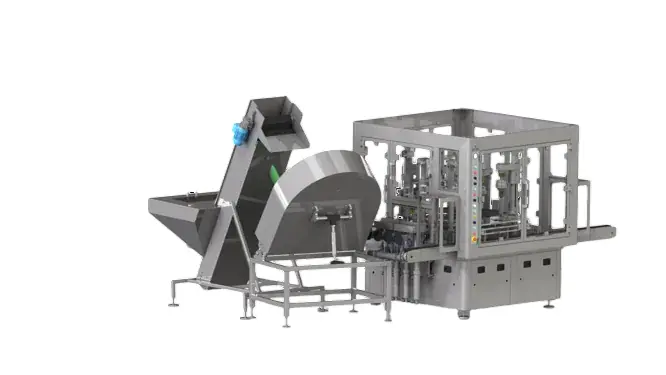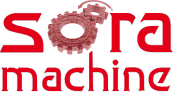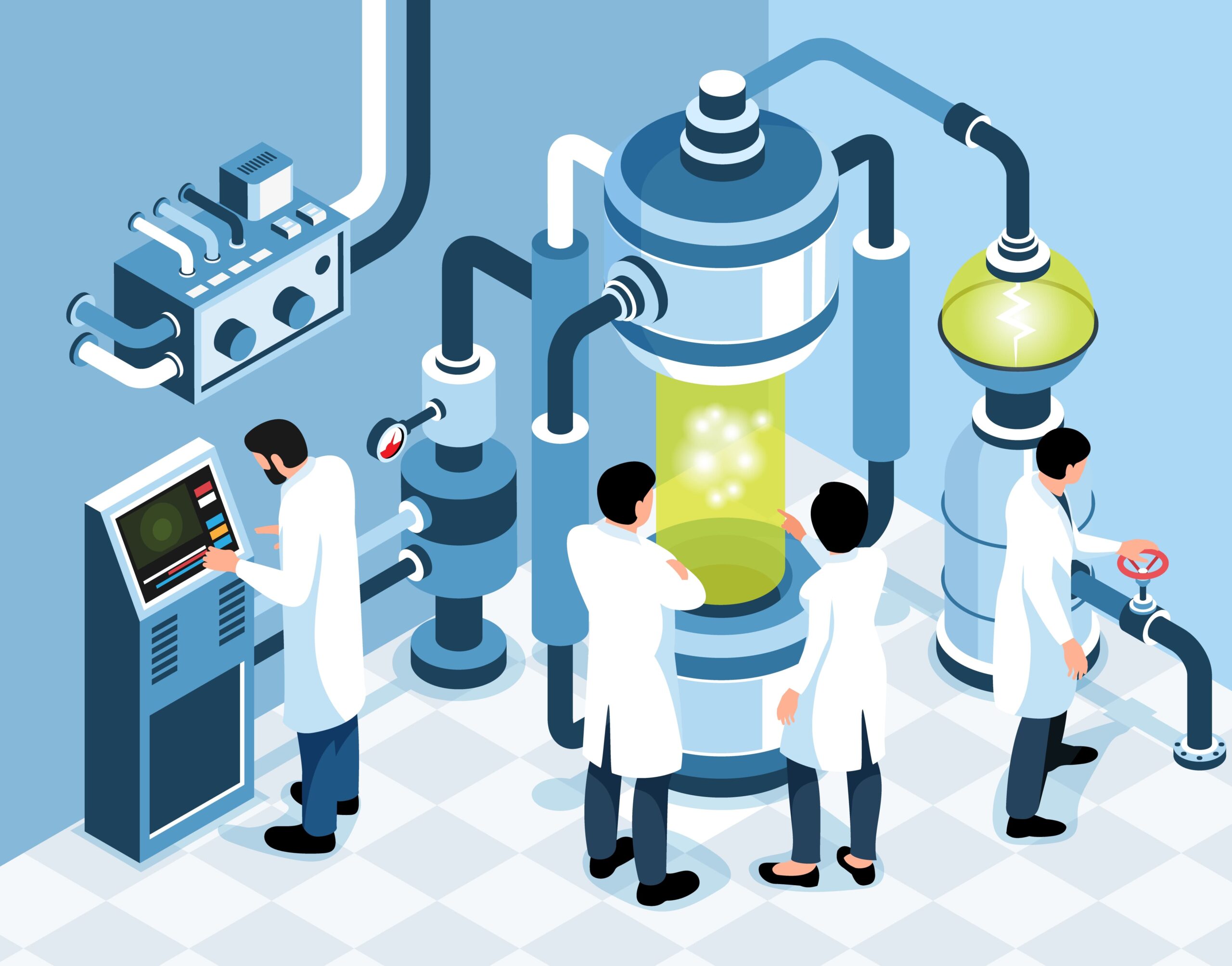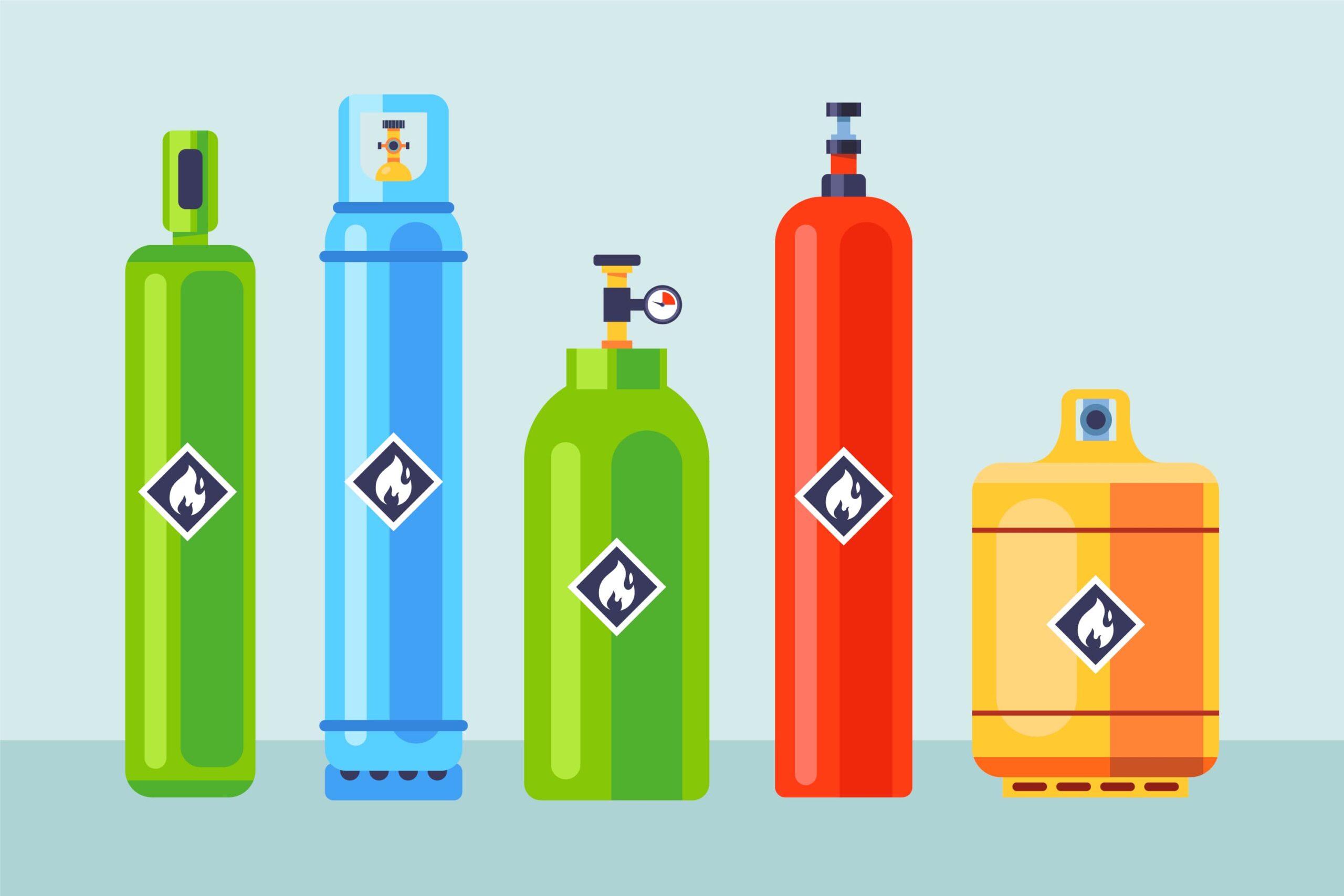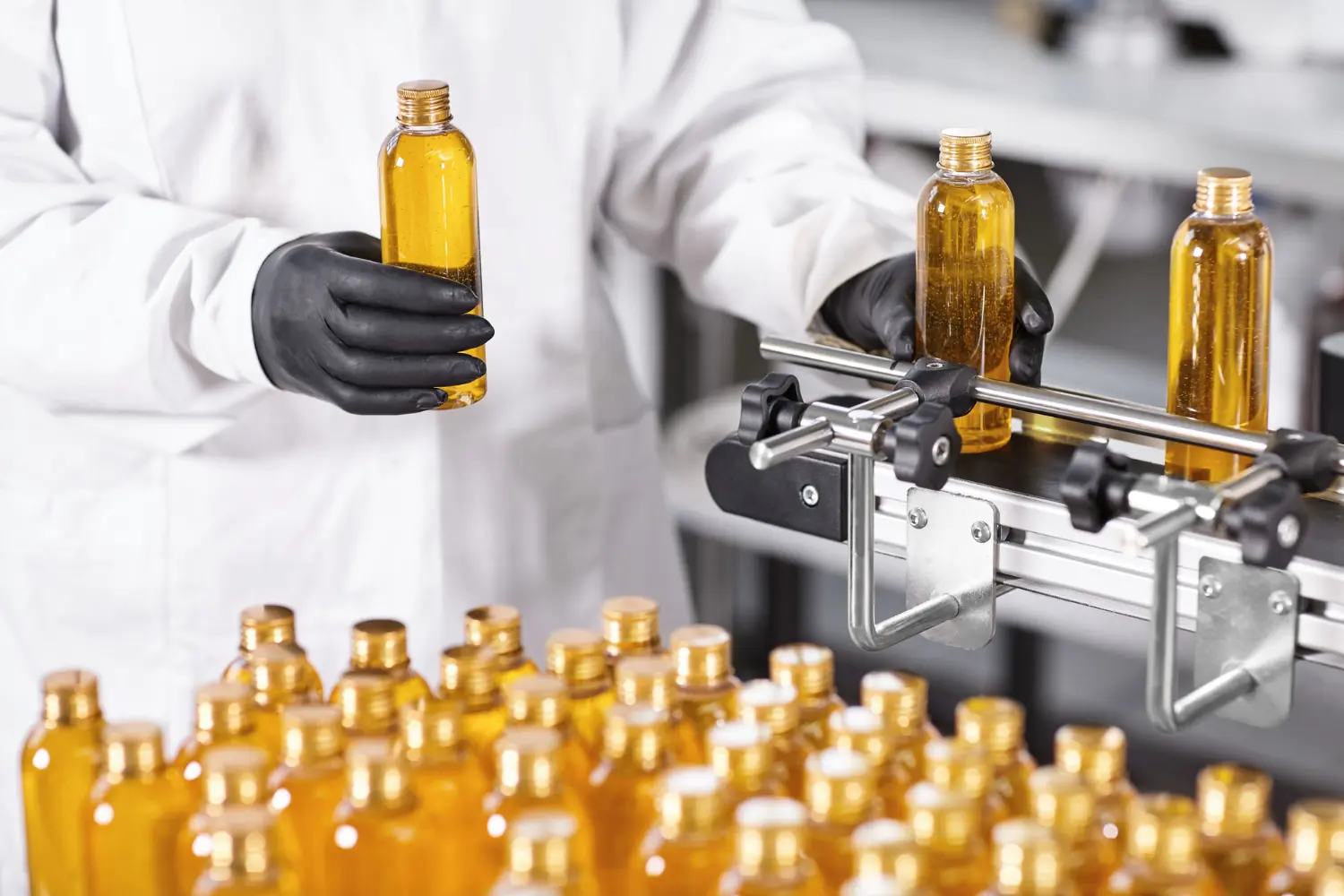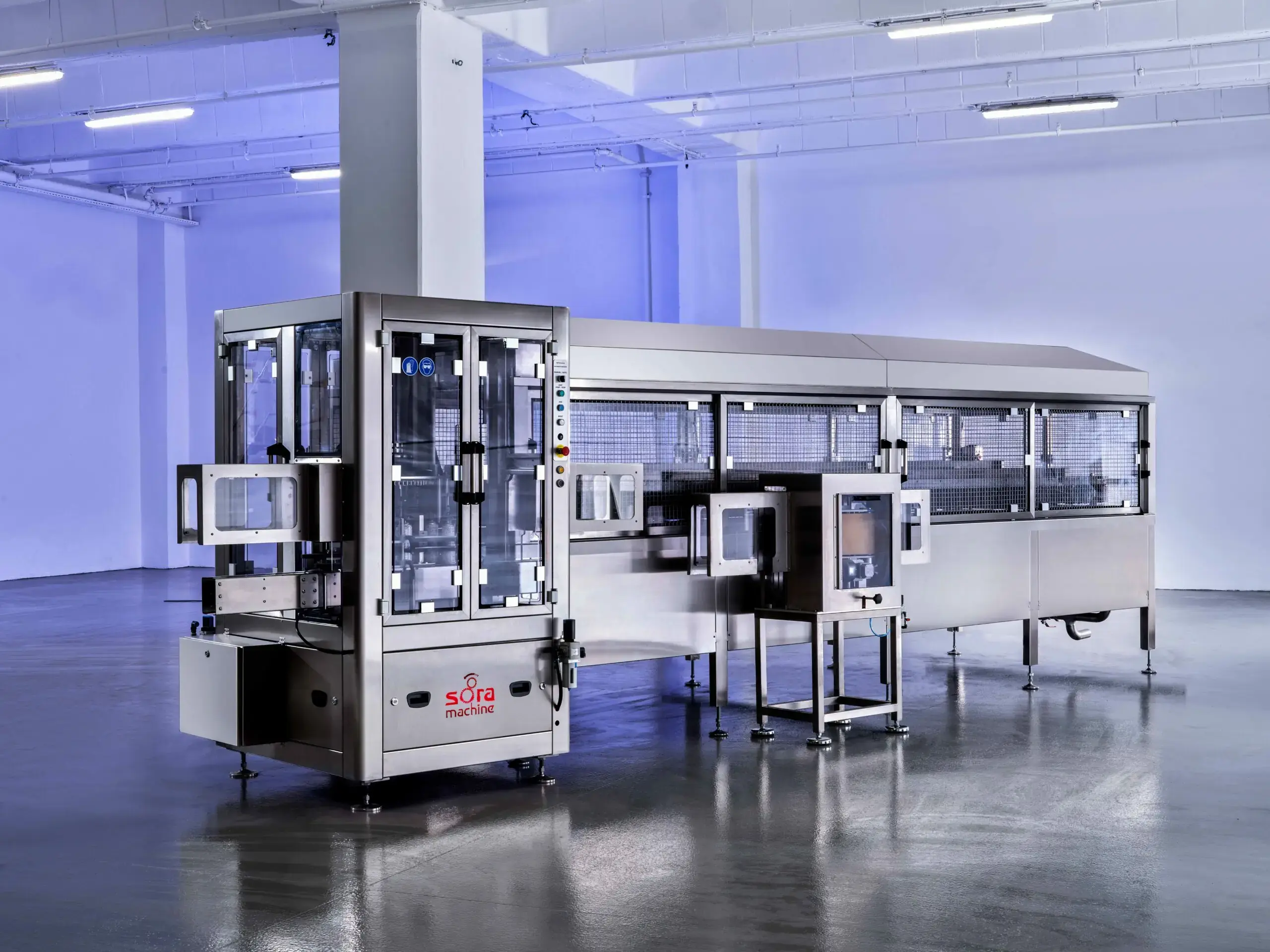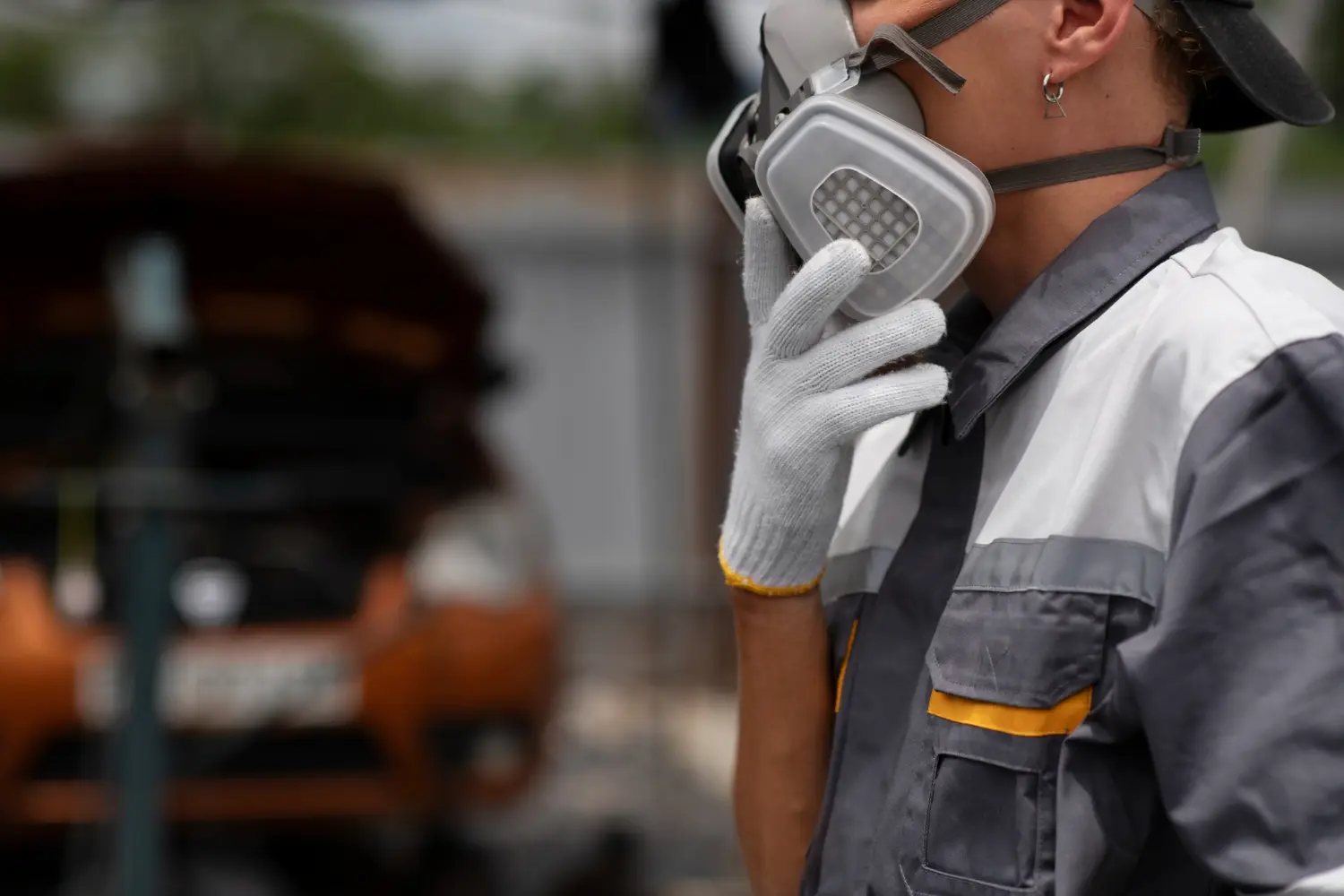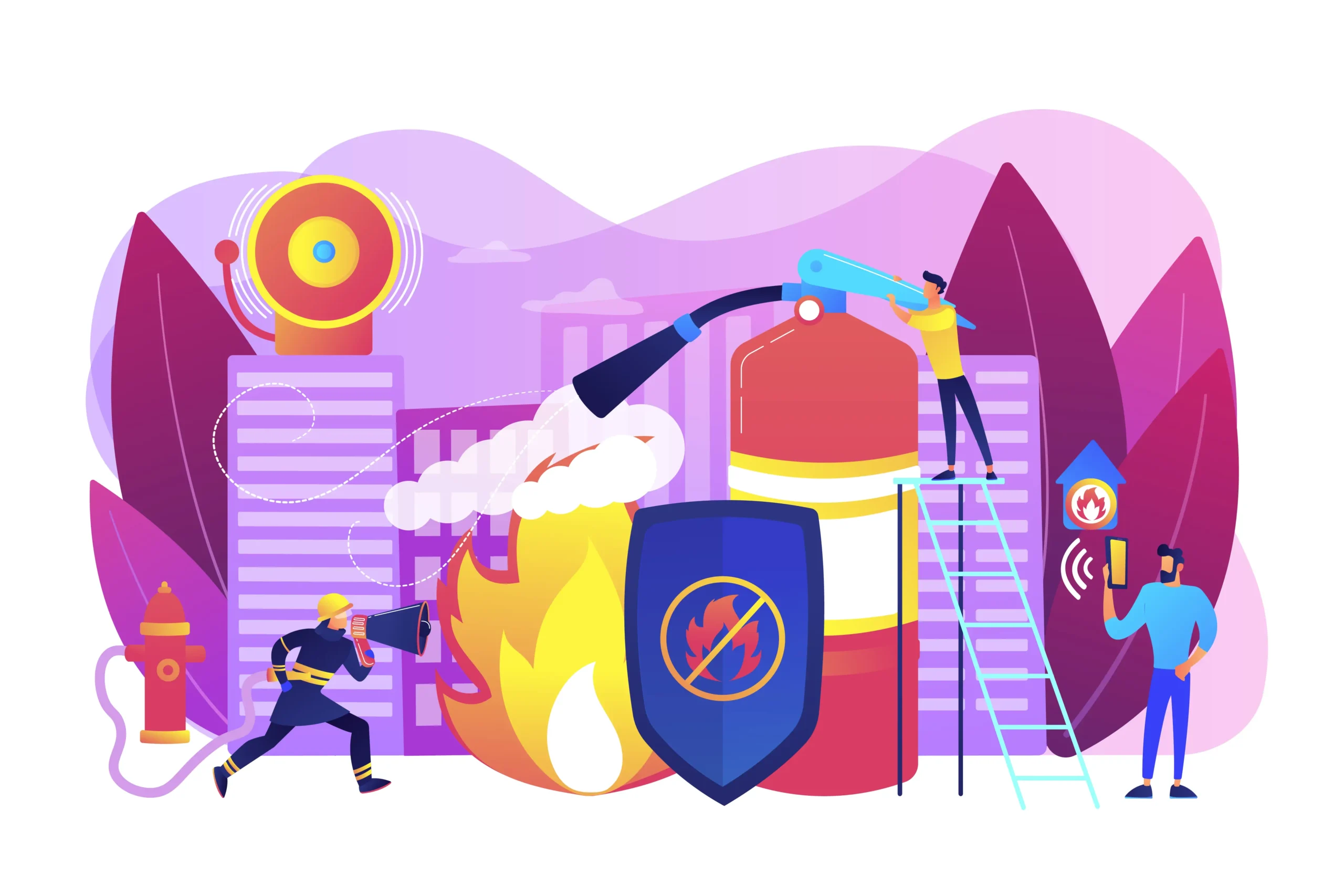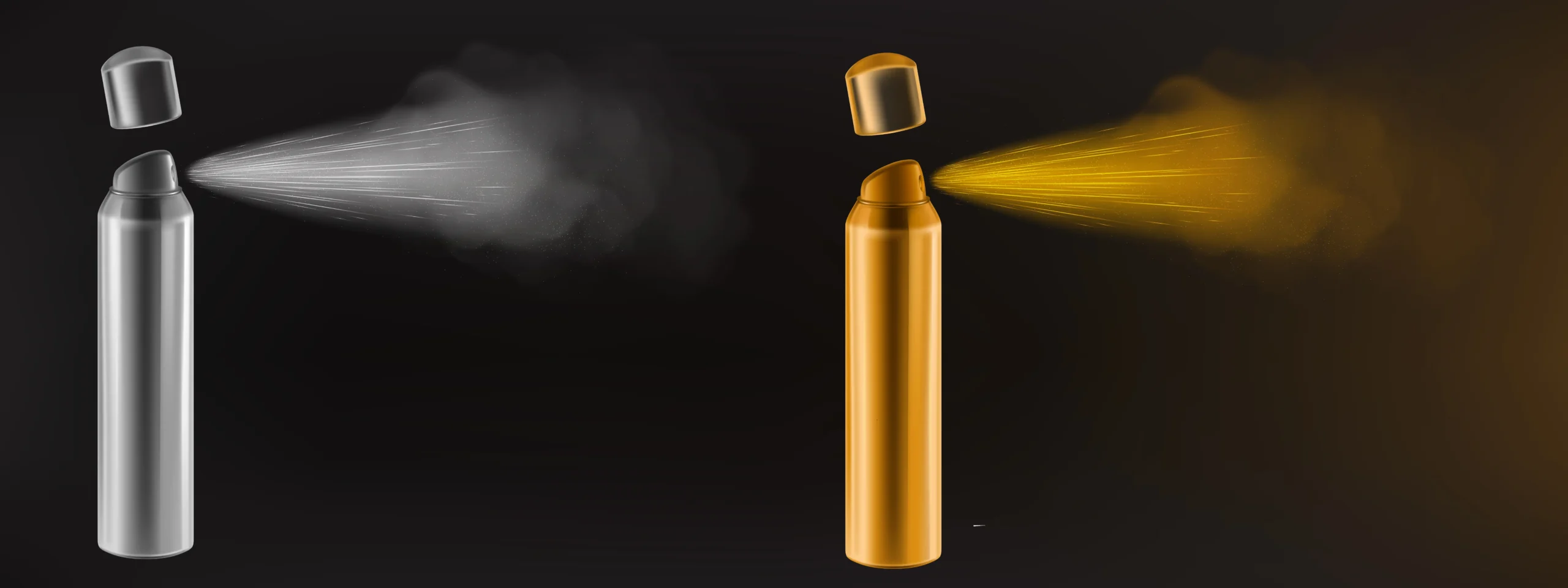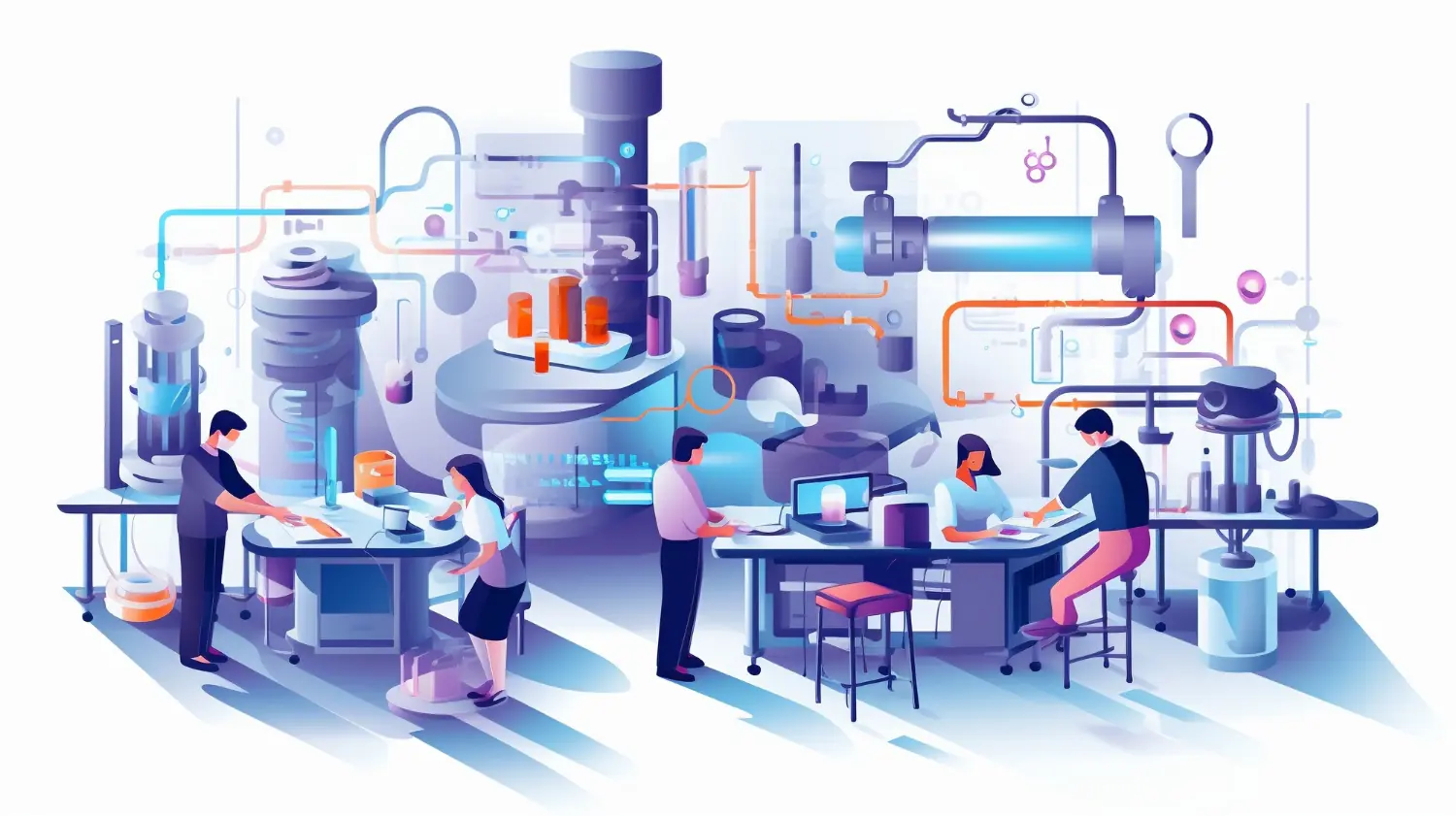Choosing the right aerosol filling machine is a critical decision in the production of aerosol products, whether you’re making personal care products, household items, or industrial aerosols. One of the key factors in selecting the best filling machine for your needs is ensuring that it is compatible with the specific valve types used in your products. Valves are not just functional components—they directly impact the efficiency, quality, and versatility of the aerosol packaging process. So, understanding how to choose the right aerosol filling machine based on valve compatibility is crucial for your production line’s success.
What Are The Types Of Aerosol Valves And How Do They Affect Production?
Aerosol valves come in a variety of types, and each type has its unique characteristics. The most common types include standard valves, Bag-on-Valve (BOV) systems, valve-in-button designs, and 360-degree valve systems. Each of these valve types has different technical and production implications. For example, Bag-on-Valve (BOV) systems are commonly used in products like food, cosmetics, and pharmaceuticals, where the product must be dispensed without coming into direct contact with the air. This requires specialized filling machinery that can handle the unique requirements of BOV systems.
On the other hand, 360-degree valve compatible systems are ideal for products that need to be sprayed at any angle. These systems are designed to ensure consistent and reliable dispensing, no matter how the aerosol can is positioned. Understanding the different valve types and how they affect the filling process will help you make a more informed decision when choosing a filling machine.
Is There A Difference in Machines Between Standard Valves And Custom-Designed Valves?
Yes, there is a significant difference in the machines used for standard valves and custom-designed valves. Standard valves are more commonly used and are generally easier to integrate into existing filling machines. These valves are designed to be compatible with a wide range of products and are less likely to require specialized equipment.
Custom-designed valves, on the other hand, are often created for specific products or packaging requirements. For example, a custom-designed valve may be needed for a special dispensing mechanism or to meet regulatory standards. Machines designed for custom valves typically offer greater flexibility in terms of adjusting valve mounting and support for various valve technologies. This means that you may need to invest in specialized filling equipment that can accommodate the unique characteristics of your custom-designed valve.
Which Filling Machines Are Suitable For 360° Valve Systems?
Filling machines that are suitable for 360° valve systems are designed to handle the unique requirements of valves that allow for dispensing from any angle. These systems are commonly used in industries where users need to spray the product regardless of how the can is positioned. A machine that is compatible with a 360-degree valve system ensures that the product is dispensed uniformly, providing greater control over the application.
Typically, these filling machines feature advanced nozzle systems, precise filling techniques, and specialized capping mechanisms to ensure the valve works seamlessly from all angles. It’s important to choose a filling machine that supports the specific valve size and design of your 360° valve system to maintain the integrity of the dispensing process and avoid product wastage.
Is Special Equipment Required to Work With Bag-On-Valve (BOV) Systems?
Bag-on-Valve (BOV) systems are a popular choice in the aerosol industry due to their ability to dispense a product without the risk of contamination from the propellant. The BOV system has a sealed bag inside the can that holds the product, while the propellant is contained in the surrounding space. When the valve is activated, the propellant pushes the product out of the bag and into the nozzle.
To work with Bag-on-Valve systems, special filling equipment is often required. BOV filling machines are specifically designed to handle the separation between the product and the propellant, ensuring that the product is safely contained and dispensed without contamination. These machines often use advanced filling techniques, such as double-valve systems, to ensure that the filling process is as efficient and precise as possible.
How Is the Filling Process Configured For Systems With Valve-In-Button?
Valve-in-button systems are a unique type of aerosol valve where the valve mechanism is built directly into the button of the can. This design allows for a more compact and aesthetically pleasing package, often used in cosmetics and personal care products. The filling process for these systems must be carefully configured to ensure that the valve mechanism is correctly positioned and functions properly.
Filling machines designed for valve-in-button systems typically have precise mechanisms that ensure the button is accurately aligned with the valve during filling. The filling process must also account for the fact that these systems often require higher-pressure fills to ensure that the valve mechanism is fully functional. As a result, the machines used for valve-in-button systems may need to be more specialized, featuring custom fittings and adjustments to meet the specific needs of the product.
How Do Valve Diameter And Height Affect The Filling Machine?
The diameter and height of the valve are crucial factors to consider when selecting an aerosol filling machine. A valve’s size directly impacts the filling machine’s ability to handle the product correctly. If the valve diameter is too large or too small for the filling machine, it can result in improper sealing, inconsistent filling, or even product leakage.
The height of the valve also plays a significant role in the machine’s compatibility. A taller valve may require a different filling technique or machine configuration to ensure that it is filled evenly and that the sealing process is secure. Ensuring that your filling machine is compatible with the specific valve diameter and height of your product will help streamline the filling process and reduce the chances of production errors.
How Is Flexibility Provided in Machines Offering Multi-Valve Support?
Machines that support multiple valve types provide a significant advantage when it comes to flexibility in aerosol production. These filling machines are designed to accommodate various valve designs and can easily switch between different valve types without requiring major adjustments or retooling.
This flexibility is especially important for manufacturers who produce a wide range of aerosol products with different valve requirements. By using a filling machine that supports multiple valves, manufacturers can save time and resources while maintaining high-quality production standards. These machines typically offer adjustable valve mounts, easy changeover processes, and advanced control systems to ensure that the machine can handle a variety of valve technologies.
Should Valve Assembly And Testing Stages Be Performed Before Or After Filling?
Valve assembly and testing are critical steps in the aerosol production process. In most cases, valve assembly and testing should be performed before the filling process. This ensures that the valve is correctly assembled and functional before it is filled with the product. Testing the valve before filling allows you to identify any issues, such as leaks or incorrect valve function, that could affect the performance of the aerosol can.
After assembly, it is also important to conduct leak checks and other tests to ensure that the valve is properly sealed and operates as expected. This helps prevent defects during the filling process and ensures that the final product meets quality standards.
How Are Valve-Specific Leak Checks Performed?
Valve-specific leak checks are essential to ensure that the aerosol can is properly sealed and that no product is leaking from the valve. These checks are typically performed using specialized equipment that can detect even the smallest leaks. The process involves pressurizing the can and testing for any signs of leakage around the valve.
Leak checks are often done both before and after the filling process. Before filling, valve-specific leak checks are used to ensure that the valve assembly is secure and functional. After filling, these checks help verify that the can remains sealed and that there is no risk of leakage during transport or storage.
How Effective Is Automation For Quick Valve Changeover on The Production Line?
Automation has revolutionized the way aerosol production lines operate, particularly when it comes to valve changeover. Quick valve changeover is essential for maintaining production efficiency, especially in facilities that produce multiple products with different valve types. Automated systems can significantly reduce the time it takes to switch from one valve type to another, improving overall production speed and reducing downtime.
Automated valve changeover systems typically feature adjustable mounts, quick-release mechanisms, and advanced control systems that allow operators to easily switch between different valve types without manual intervention. This automation not only speeds up the production process but also reduces the risk of human error, ensuring that each valve is installed correctly and securely.
In conclusion, choosing the right aerosol filling machine based on valve compatibility is crucial for ensuring smooth, efficient production. By understanding the different valve types, the specific requirements of each, and how they interact with your filling equipment, you can make an informed decision that supports the quality and efficiency of your production line. Whether you’re working with standard valves, custom designs, or specialized systems like BOV, valve-in-button, or 360-degree valves, the right machine can make all the difference in your aerosol manufacturing process.
